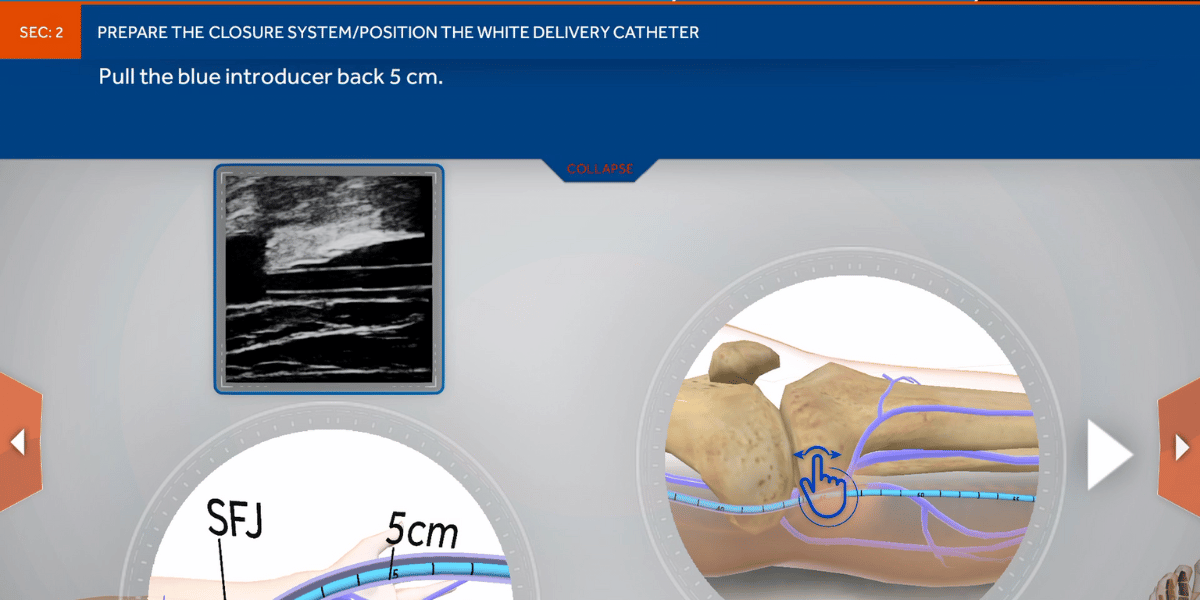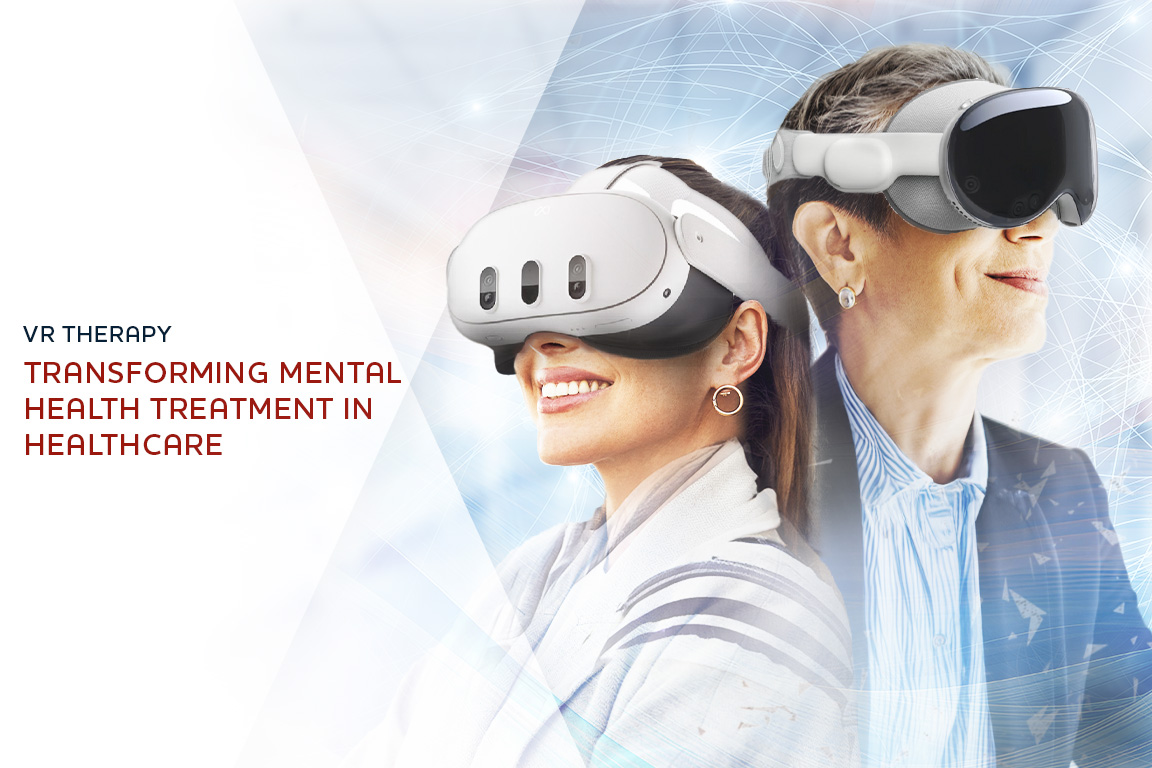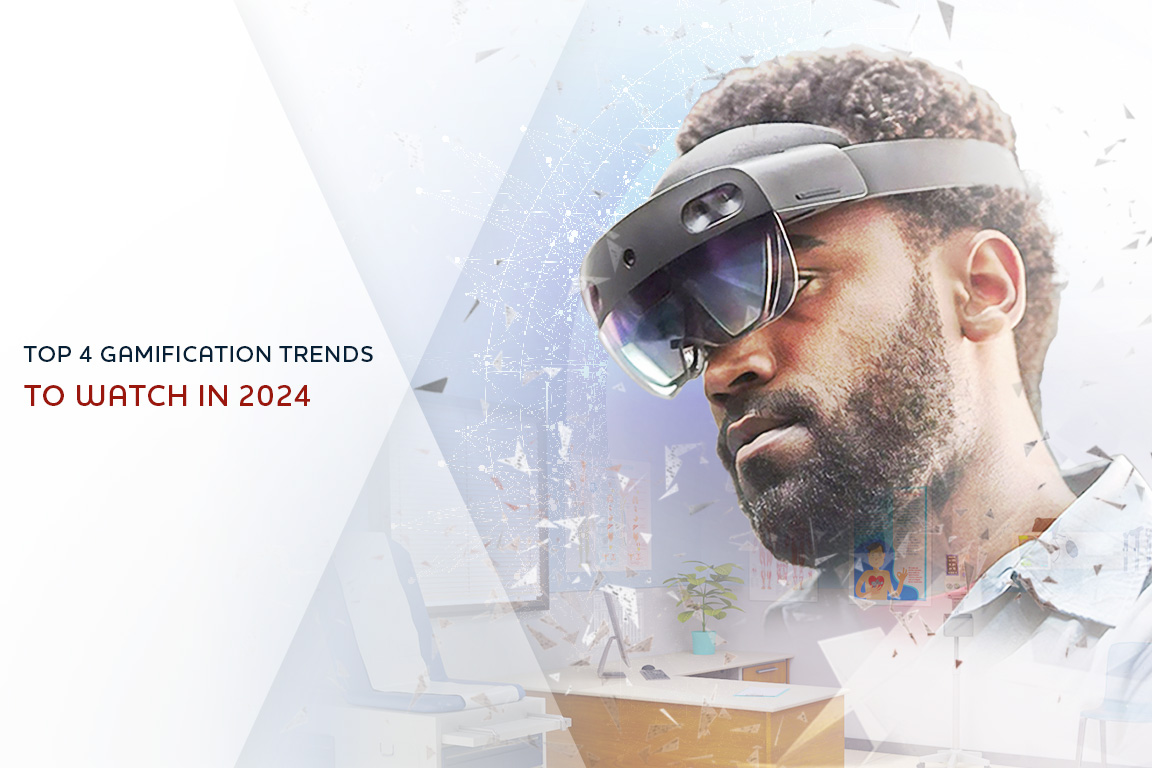Innovations within 3D medical simulations have made significant advances in the last few years. Medical professionals increasingly use 3D medical simulations to improve their practices and offer more customized and affordable healthcare options.
3D medical simulation is a technique that allows medical professionals to reproduce clinical situations based on a patient’s imaging data. In healthcare, 3D simulations have a wide range of potential use cases. The technology has successfully improved outcomes and economics for practices that embrace it.
The core uses of 3D simulations in the medical field associated with recent innovations include training doctors and nurses, assisting medical professionals with clinical cases, and educating patients about surgical procedures and options. This article will focus on 3D medical simulation applications.
Applications of 3D Medical Simulations
Advances such as 3D medical simulations unlock new opportunities to grow and revolutionize the healthcare sector. Innovations in 3D medical simulations are vast and will likely change the healthcare sector forever. Here are a few practical applications of 3D medical simulations.
Training
Education or surgical training is one of the first practical applications of 3D medical simulations. In the past, surgical education and training relied on animal testing, 2D scans, textbook illustration, and apprenticeship. Students don’t always get much real-world practice beforehand, which is key to surgical education and training.
But with the advent of 3D medical simulations, surgical education and training are set to become a whole lot easier. 3D medical simulations represent a new paradigm for training the next generation of doctors, nurses, and other medical professionals to help plan complicated or rare procedures anymore.
Health design thinkers and innovators can use 3D medical simulations to create patient-specific anatomical models for training and education. 3D simulations provide a wide range of solutions to improve practice and patient outcomes, including lifelike devices to enhance simulation-based clinician training and education, as well as immersive technology solutions for clinician training.
Training beforehand using 3D simulations gives doctors more confidence in surgery, resulting in a greater chance of success.
Clinical Cases
Another practical application of 3D medical simulations is assisting medical professionals with training for complicated procedures. Using 3D medical simulations, clinicians can create patient-specific anatomic models to review patient anatomy, plan surgeries, and for diagnostic use before surgery.
This allows them to practice on the real replica of any part of the patient, including the heart, spine, or kidney. This way, clinicians can get a better view of the problem and actually practice it. 3D medical simulations can come in quite handy for complex surgeries.
The best part about 3D medical simulations is that they provide clinicians with critical context and details regarding the patient’s anatomy that routinely changes clinical approaches and impacts patient outcomes. Using patient-specific anatomic models for practice can give clinicians the knowledge and experience they need to undertake even the most difficult surgeries.
Patient-Specific Surgical Models
The practice of personalized, precision medicine is increasingly popular as 3D-printed anatomical models from patient scan data become more available. Patient-specific surgical models enhance understanding and communication within OR teams, leading to higher operating room efficiency for more-complex procedures.
Clinicians can use 3D simulations of patients with strokes, clots, aneurysms, and other pathologies to develop surgical skills in a risk-free environment — instead of waiting to train on new procedures. Simulations are adapted to present a range of anatomy; the trainees are exposed to the wide range of what they will see when treating living patients.
Patient Education
Patients also need to be educated about the procedures they are about to undergo. Considering the growing number of surgical procedures being performed worldwide, patient education at the surgical center has never been more important. Medical procedures can be stressful for patients undergoing them.
However, patients who know what to expect at every step are less stressed and more confident about how they will prepare for recovery and return to normalcy. Technology solutions, such as 3D medical simulations, facilitate patient education, ensuring that patients understand the procedures and their options.
Doctors can use 3D medical simulations to explain the problem to the patient. As a result, the patient can better understand what is happening and how the medical professionals will solve their health issues.
Medical Research
Thanks to advances in 3D technology, trying new things at a lower cost has never been easier. 3D medical simulations are helping researchers in the medical field make key discoveries and test new medical solutions. Healthcare innovators are constantly developing new devices, meaning ground-breaking medical discoveries will keep coming.
3D simulations, and 3D technology in general, reduces costs associated with medical research significantly. Consequently, research using 3D simulations and printed models can be done virtually anywhere, which helps offset the cost and complexity of operating in the controlled environments necessary for animals and human cadavers.
Wrapping Up
Recent advances in medical 3D simulation technology have made tremendous contributions to the medical field. Leveraging 3D technology can improve patient care, reduce costs, and increase speed at nearly every step in the medical field.
There are numerous practical applications of 3D medical simulations, from training doctors and nurses to educating patients about surgical procedures and options. There is no doubt that 3D medical simulation is the future of healthcare.
Are you looking to enhance healthcare simulation capabilities within your practice? Tipping Point Media can help! We are experts in 3D medical simulations, having enabled practices throughout the country for pre-procedure planning and training, medical devices, disease states, and procedures in stunning accuracy and detail.
Request a demo today to get an idea of how our suite of virtual solutions can work for you.



